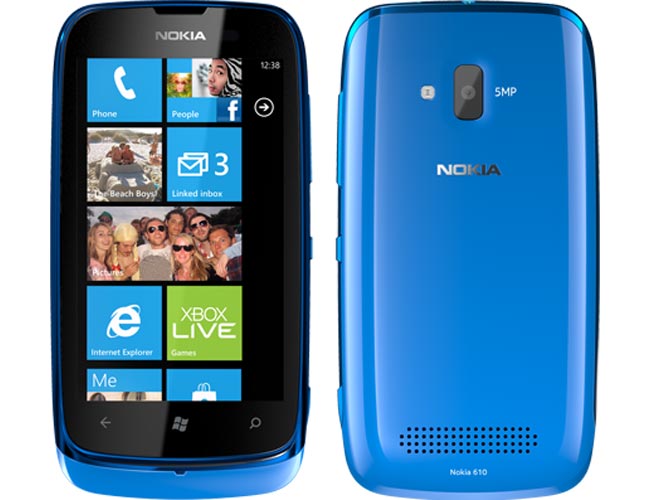For anyone who has ever custom built a PC, the whole concept of a modular design on a smartphone is quite amusing. For decades, PC enthusiasts have been swapping out parts and have complained about the difficulty that they apparently face when they are on the task. Game mods are even quite common these days. However, a modular design on a smartphone is still a very new concept.
Also see: Faraday Future Electric Cars: Recent updates
For quite some time now, Google’s Product Ara has been floating around and making waves amongst the smartphone enthusiasts. However, seeing as it has not made it to any market, we can easily say that the LG G5 is the first device to implement this concept. While promising, the whole prospect is not exactly taking the world by a veritable storm.
In this segment, we are going to look at the various incarnations of a modular device which we have with us at the moment and will also give our take on how viable we think the whole concept is most likely to be.
LG G5
As we mentioned earlier, the LG G5 is the first device to bring about a modular design to the consumer market, so, this is probably the best device to start with. Known as “Friends” the modular additions by ‘other’ big South Korean OEM is meant to improve the overall accessibility and the functionality of the device. Starting with the problems that are associated with the LG G5.
First of all, the biggest problem on the list is limited availability of the modular add-ons. With its release in the U.S.,is the LG CAM Plus is the only “Friends” available. All other add-ons are hardware additions which are able to connect with the device, however, in any way doesn’t agree to the overall design language. Bang & Olufsen Audio DAC were also made available in several markets, however, the company took a surprising decision to skip the US market and even its own market back home.
The other issue is the not so smooth implementation of the whole concept. For changing a module, you will need to completely shut down the device and with whatsoever reason, the manufacturer didn’t think of adding a secondary battery which is capable of providing the required juice to keep the device running while swapping takes place.
Finally, another major important issue that surfaced and was reported by several experts was the fact that it is quite easy for the plastic or the phone indentations to get damaged due to the wear and tear associated with taking out and putting in the module repeatedly. There has also been a report of spaces left between the module and the body of the smartphone.
Motorola Motions
We personally think that the new Moto Z devices are going to be the next big things in the modular smartphones market. According to a report covered by Evan Blass from Venture Beat, we may have our first look at a completely new design language by the company quite near in the future.
According to the leaks by Venture Beat:
Motorola has at least six modules, called “Amps,” planned for launch, including a simple colored backplate that ships free with both handsets. The more interesting ones will be, of course, sold separately, both from Moto as well as third-party manufacturers. The first-party modules available at launch allegedly include stereo speakers; a battery pack; a camera grip with flash and optical zoom; a pico projector; and a rugged cover with wide angle lens attachment.
However, we would like to point out that at present the whole concept is completely based on speculations. So, until and unless we have an official confirmation, there is not much we can say.
Project Ara
Finally coming to the big kid in the block, Project Ara. It is definitely one of the biggest implementation of the whole concept of modularity that we have seen to date and are quite excited by the whole prospect. There is definitely a host of hurdles that Google has to overcome before the project can be feasible. Some of these hurdles include the fact that is a completely modular device practically possible and can be it desirable and affordable enough for people to show interest in buying it.
Interestingly enough in Google I/O conference this year, Google promised to unveil a developers preview of the device later this year with the commercial release in 2017.
This same approach was seen with the Google Glass, which ultimately came out to be an intrusive and expensive gadget that had no real use in the day to day operations of an average consumer.
Another cause of “concern” is the fact that Google is going to take the pixel C approach of producing the device itself rather than depend on other partner OEMs which have a well established and less faulty system of operation and production. This move will definitely increase the overall chances of defect and bugs to creep into the device.
Other concerns
There are several things that Google has to consider before it can potentially think of the core specs of the device. As for the processor, if they go with the latest 800 series SoC, like the 820 chipsets, then they are future proofing the device and if the go with the cheaper 600 series, they will be underpowering the device. It is very important to note that swapping the processor of a device is not technically possible at the moment.
Pricing and costs are the other major things that should be considered carefully. Will Google take LG’s approach of “Friends” which are priced quite high or will make Project Ara an ordinary device?
Like we mentioned earlier, LG’s major concern with the G5 is the build quality, so, can Google, with such high levels of modularity be able to pull off a good design language. There are a lot of questions which remain unanswered in this part of the project implementation.
Coming to the elephant in the room, is modularity a noteworthy need?
The main reason why anyone will consider modularity is the fact that it gives them the ability to swap out or add in the modules or compatible parts that they need to the device. However, as we already mentioned, Google has announced that there will be no option for swapping the SoC in Project Ara, which may prove to be a sore point for a lot of people out there.
Again the pricing is going to be a deciding factor as for a device which, let’s say costs $125 to have a module priced at $50, the whole feasibility of such a proposition is going to be lost.
Final Thoughts
The modular design definitely has an appeal associated with it. We can easily imagine the ease of fitting the components as needed into a compatible device and imagine devices like the Galaxy S7 and LG G5 to become obsolete due the tailored fitting of modular devices.
However, it comes down to the ultimate implementation of the concept, as in the case of LG G5, there are some who love the whole concept, however, there are many who find it flawed.











